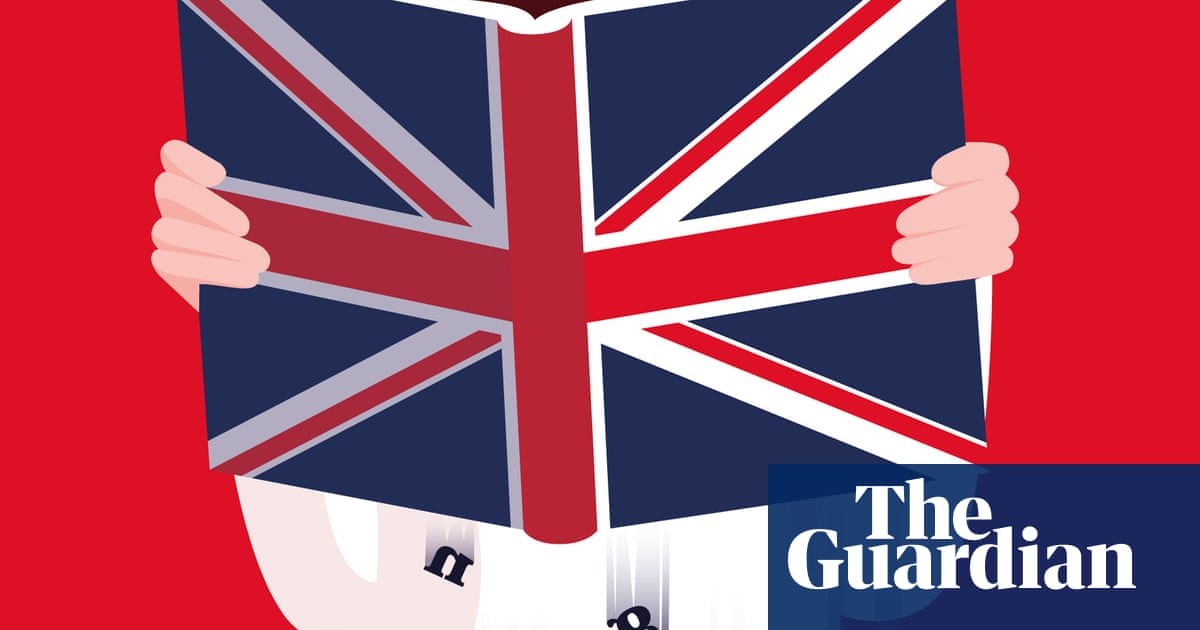fromFast Company
1 week agoThe danger of believing business myths
There's an old myth that Inuit cultures have as many as a hundred words for snow. I remember learning about it in school, and there was just something wonderful about the idea that people's perceptions can be so deeply rich and different. I guess that's why, although it has been debunked many times, the story keeps getting repeated. There is also a lot of truth to the underlying concept.
Books















